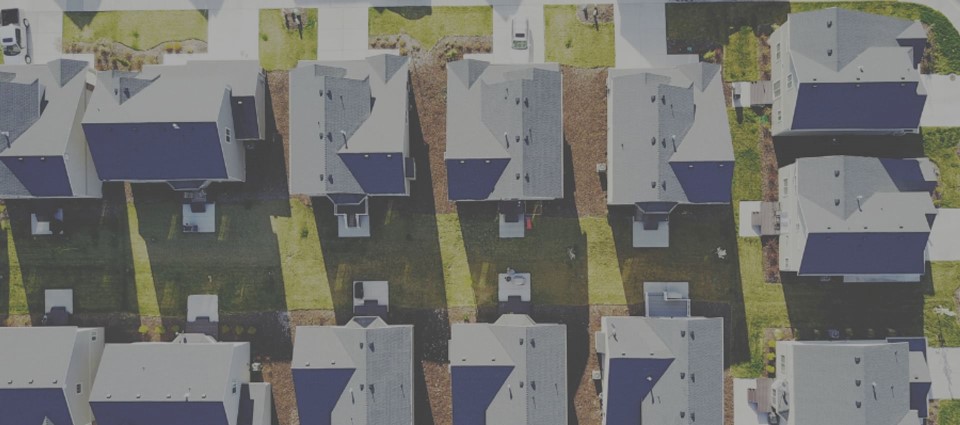
Sep 26 2023 | Insights
Living Alone
More people are living alone, either by choice or circumstance and this is set to become a driving force of household change.
With lockdowns frequently restricting visitation levels during the pandemic, it would have seemed intuitive that people would move in together to have company. The opposite however occurred. Rising wealth as a result of record savings rates led to more people moving out on their own.
This higher demand for housing from more single person households led housing costs to rise even though population growth was very low. Given the opportunity (and the money), it appears that there is a strong preference for people to not be surrounded by too many people in their homes.

Longer term, this trend will continue. Right now, much higher housing costs are leading people to move back in with each other to save money. The number of single person households is declining again. However, this is only a short term occurrence and reversal of what happened during the pandemic. An ageing population and fewer people having children will reverse this long term. In fact, the ABS has forecast that this household type will take a much bigger share of total household types. The one that will see the biggest proportional decline will be couples with children.

The rise in single person households is driven in part by preference, but also by our ageing population. What is clear is that our housing stock is inefficient for single person households.
Australia is dominated by houses with three or more bedrooms. Most households with just one person have more than two spare bedrooms. While there is likely a preference by some to have a lot of spare rooms, the reality is that finding a home with just one or two bedrooms is difficult unless you want to live in a high density area or in a high rise apartment building. There is a growing requirement for smaller medium density homes, particularly in inner and middle suburbs around Australia.

Sources: ABS, Ray White
